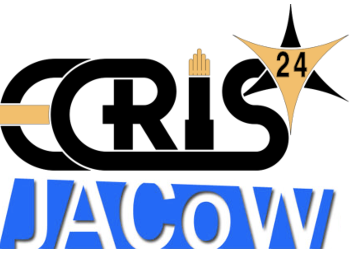Speaker
Description
The ionization of ions to a higher charge state is of central importance for the development of new Accelerator Facilities like FAIR [1], and the resulting cost savings. Currently, mainly gas and foil strippers are used for increasing the charge state even after using a high performance ECR ion source in a typical Accelerator chain. Even when the foil or/and gas stripper efficiency or lifetime has proved to be less than optimal, as these alternatives either require great effort or are practically not suitable for smooth operation in the long term.
Free electrons in highly ionized plasmas [2,3] can be effectively used for improving the charge state of heavy ions as the rates of radiative recombination of free electrons are much smaller than those of electron capture on bound electrons, which leads to a substantial increase of the effective charge in a plasma compared to a cold-gas target of the same element. Theta and Z pinch plasmas are possible options which have been explored and experimentally studied at IAP, Frankfurt, Germany [4]. Typical electron line densities required to be achieved are in the range of 10¹⁶ to 10¹⁹ cm⁻³ and electron temperatures of the order of few tens of eV are found to be very favourable as per modelling with the FLYCHK code [5], but also extremely challenging. Such a plasma device, the challenges to be overcome, together with their design details will be presented.
Footnotes
References
- https://fair-center.eu/
- Nardi E, Zinamon Z Phys. Rev. Lett. 49 1251 (1982)
- T. Peter, J. Meyer-ter-Vehn, Energy loss of heavy ions in dense plasma. II. Nonequilibrium charge states and stopping powers, Phys. Rev. A 43 (1991) 2015–2030, http://dx.doi.org/10.1103/PhysRevA.43.2015
- C.Teske, J.Jacoby, F.Senzel, W.Schweizer, Phys. Plasmas 17,043501(2010)
- FLYCHK code: www-amdis.iaea.org
Funding Agency
-
| I have read and accept the Privacy Policy Statement | Yes |
|---|

